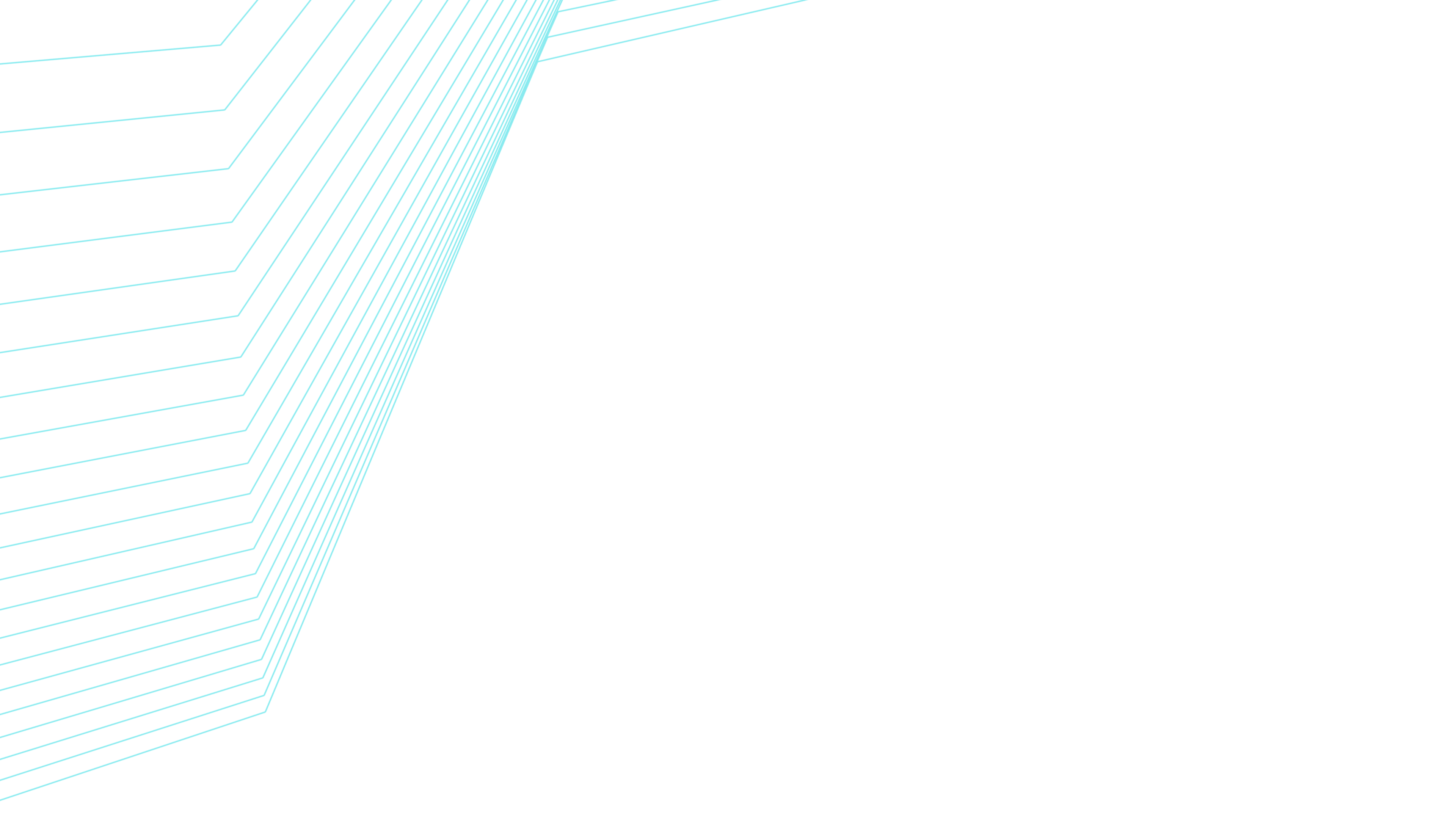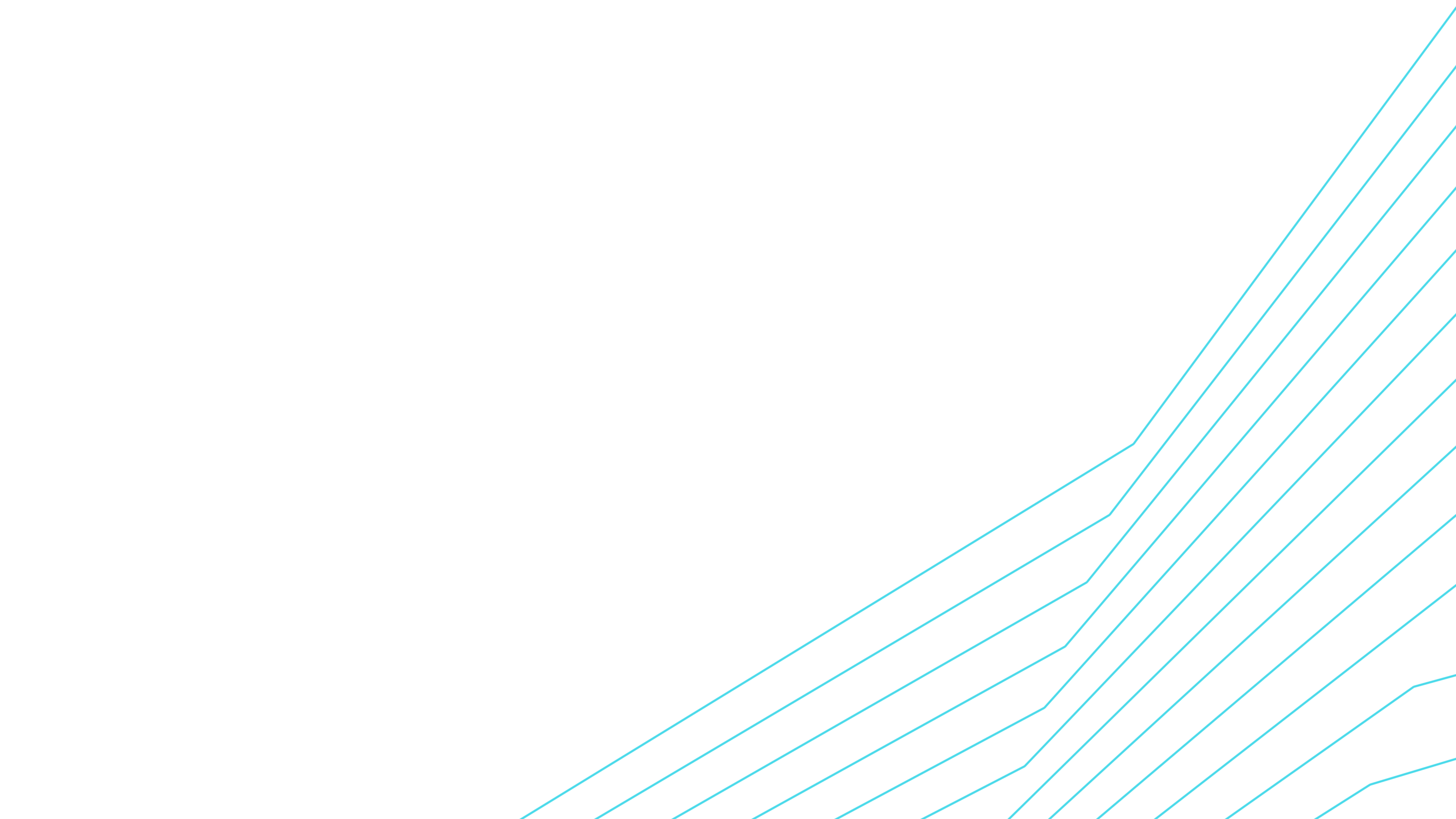


March 31st - April 1st 2026
Proposals are welcome for the artistic and scientific tracks of the conference. Potential areas include, but are not limited to:
- Philosophical takes on spatialisation and space as a metaphor
- Practice as research methodologies in the field of spatial audio
- Ethnographic and autoethnographic studies in spatial audio
- Speculations and future ideas on spatial audio and spatialisation techniques or technologies
- From technique to technology in audio spatialisation
- Sustainability in immersive audio tech
- Methods for spatial analysis
- Acousmatic composition
- Live coding
- Spatial audio in performances and sound art
- Spatial audio in the audiovisual context
- Case studies of spatial music
- Applied spatial audio
- Spatial sound in VR/AR/XR
- Gaming and spatial audio
- Installations and spatial audio
- (Spatial) sound and environment
- Personal experiences with spatialisation techniques and technologies
We invite authors to submit proposals that explore the spatiality of sound, in line with the core focus of the conference. For this edition, we are especially interested in contributions that offer personal reflections and investigate real-world use-cases. We welcome submissions from a variety of perspectives, including technical, artistic, and philosophical. In addition to traditional theoretical research, we highly encourage artistic submissions showcasing the use of spatial audio.
The special theme of SAG 2026 will be making spatial audio. Therefore we especially encourage submissions dealing with the following themes:
- DIY approaches to spatial audio
- New instruments for spatial audio control and recording
- New systems for the diffusion of spatialised sound
- Innovative spatial audio software (control, generation, transformation, acoustics)
- Novel compositional techniques for spatialisation
For both presentation types, authors are required to submit a fully-anonymised extended abstract of no more than 500 words, using the provided LaTeX template that can be edited with a local LaTeX installation or an online tool like Overleaf. To ensure consistency in the proceedings, no Word template will be provided. The submitted document should be written in British English and should contain:
- An abstract of the research and 3 to 5 keywords
- A main body of text outlining the proposal (including methodologies, processes, and outcomes, where relevant)
- A list of references
Please note: abstract, keywords, and references do not count towards the 500-word limit. Authors will be asked to state their preferred presentation mode when submitting their proposal. Please note, however, that reviewers may suggest an alternative format:
- Talks (long papers): authors will have a 15-minute presentation slot with a 5-minute Q&A. Talks may be presented remotely. Selected authors will be required to expand their extended abstract into a camera-ready full paper (4 to 8 pages excluding references)
- Posters (short papers): will be presented during dedicated sessions and coffee breaks. Posters are an excellent way to showcase early-stage research in a relaxed setting, providing great networking opportunities. Selected authors must attend in person and bring their own poster (A0 format: 841 x 1189 mm). Demos may be showcased alongside the poster. Authors with a poster presentation will be required to expand their extended abstract into a camera-ready short paper up to 4 pages (excluding references)
All camera-ready papers will be included in the conference proceedings and published with a DOI.
Speaker setups include a Dolby Atmos certified cinema room, for multimedia works. For acousmatic/fixed media, and performance, the black box theatre has a full-sphere ambisonics system (4 floor speakers, 8 main, 4 higher level, and 1 centre roof), with the possibility of stereo diffusable using a virtual speaker Acousmonium.
We welcome artistic submissions that use or foster reflection on the broader topic of spatial audio. Submissions may fall into one of the following categories:
- Acousmatic music: selected submissions will be performed in the ambisonics theatre at LBU. Submissions should be no longer than 10 minutes. Longer proposals (up to 15 minutes) may be considered on a case-by-case basis. If the submission is multichannel, authors are required to provide a stereo reduction of the piece for the peer-review process
- Multimedia works: audiovisual works will be screened in the Dolby Atmos Cinema at LBU. Proposals should be no longer than 10 minutes. Pieces up to 15 minutes may be exceptionally evaluated on a case-by-case basis. If the audiovisual submission has multichannel audio, authors are required to provide a stereo reduction for the peer-review process
- Performance: performances may last up to 20 minutes. Proposals up to 30 minutes may be considered on a case-by-case basis. Authors must clearly outline the connection of the performance to spatial audio. Performances can be of any genre (including, but not limited to, live coding, live electronics, and mixed music). However, please note that logistical constraints will be taken into account during the peer-review process. Authors are required to bring all of their own personal equipment, as well as performers if needed. Proposals for live performances must be accompanied by sufficient audiovisual documentation for the peer-review process
Authors submitting to the artistic tracks are invited to use the same LaTeX template provided for scientific proposals. However, they may use a word processor of their choice (e.g., MS Word, LibreOffice Writer) and submit their final document as a generic PDF file. Artistic proposals must not be anonymised and must contain:
- Author(s)' list, including affiliations where relevant
- Submission type (e.g., acousmatic, audiovisual, live performance)
- Programme notes of no more than 350 words
- Author(s)' bios and, where relevant, performer(s)' bios of no more than 300 words
- Tech and logistic requirements, if relevant
- Connection to, and use of spatial audio (especially for live performances)
- Non-expiring, accessible links to the artwork (e.g., Drive, Dropbox) and stereo reductions if relevant
For selected artworks, author(s)' and performer(s)' bios, along with programme notes, will be published in the conference proceedings. While high-quality MP3s are accepted as stereo reductions for the peer-review process, the final artwork should have FHD 16:9 video and 44.1 kHz/24 bit audio. Please note that inaccessible files or expiring links will result in a desk-reject of the proposal.
The LaTeX template can be downloaded here as a .zip archive: SAG2026_LaTeXTemplate.
Submissions will be peer-reviewed. The process will be double-blind for scientific submissions, and single-blind for artistic proposals. Please ensure your proposal complies with the relevant rules.
Submissions will be handled exclusively through the CMT portal, and the page can be found at this page: SAG 2026 CMT Submission site. Prospective authors have to register a CMT account (instructions here). For guidance on how to submit a contribution please visit this page.
The Microsoft CMT service was used for managing the peer-reviewing process for this conference. This service was provided for free by Microsoft and they bore all expenses, including costs for Azure cloud services as well as for software development and support.
All deadlines are AoE and inclusive:
- Submissions deadline (all tracks): December 1, 2025
- Notification of acceptance/rejection: early February 2026
- Conference registration deadline: February 22, 2026
- Camera-ready contributions and registration due: March 8, 2026
- SAG 2026: March 31—April 1, 2026


